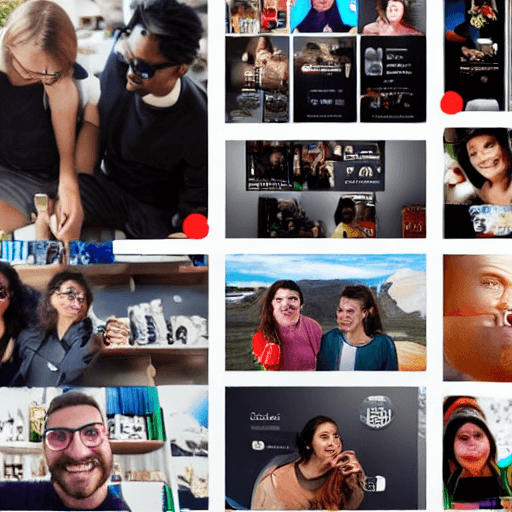

In today’s digital landscape, consumers are no longer passive recipients of marketing messages. They’re active participants, shaping opinions, and influencing purchasing decisions. Traditional advertising is losing its effectiveness as consumers become increasingly skeptical of branded content. Enter user-generated content (UGC) – content created by your customers. This isn’t just about gathering positive reviews; it’s about harnessing the authentic voices of your audience to build brand loyalty, drive engagement, and ultimately, transform your customers into powerful brand ambassadors. This comprehensive guide will delve into the strategies, best practices, and real-world examples of leveraging UGC within your social media strategy.
User-generated content, or UGC, encompasses any form of content – text, images, videos, reviews, testimonials, and more – created by unpaid contributors about your brand, products, or services. It’s content created by your customers, fans, or anyone who interacts with your brand. Unlike professionally produced marketing materials, UGC feels genuine and relatable. It’s driven by passion and personal experience, making it far more trustworthy in the eyes of potential customers. Think of it as a crowdsourced marketing engine, fueled by the enthusiasm of your audience.
UGC isn’t a monolithic entity. It manifests in various forms, each offering unique opportunities for your brand:
The rise of UGC isn’t a trend; it’s a fundamental shift in consumer behavior. Here’s why it’s crucial for your brand’s success:
Successfully incorporating UGC into your social media strategy requires a deliberate and well-executed approach. Here’s a breakdown of key strategies:
1. Encourage UGC: The first step is to actively solicit UGC. Don’t wait for it to happen organically. Run contests, create branded hashtags, and ask customers directly to share their experiences.
2. Create a Branded Hashtag: A unique hashtag allows you to easily track and curate UGC. Promote it prominently on your website, social media profiles, and marketing materials.
3. Run Contests and Giveaways: Incentivize customers to create and share content by offering prizes. Make the entry requirements simple – simply post a photo or video using your product and tag your brand.
4. Feature UGC on Your Channels: Don’t just collect UGC; actively showcase it. Repost customer photos and videos on your own social media channels, website, and marketing materials. Always ask for permission before reposting.
5. Create UGC Campaigns: Develop specific campaigns centered around UGC. For example, a travel company could launch a “Share Your Adventure” campaign, encouraging customers to post photos from their trips.
6. Respond to UGC: Engage with the content your customers are creating. Like, comment, and share their posts. This shows you’re listening and appreciate their contributions.
7. Develop a UGC Policy: Establish clear guidelines for how you’ll use UGC, including obtaining permission, crediting creators, and addressing any potential issues.
To maximize the impact of your UGC strategy, adhere to these best practices:
Let’s look at some brands that have successfully leveraged UGC:
Tracking the right metrics is crucial to understanding the effectiveness of your UGC efforts. Here are some key metrics to monitor:
UGC is a powerful tool that can significantly enhance your brand’s marketing efforts. By embracing authenticity, engaging with your customers, and strategically leveraging their content, you can build a stronger brand, foster a loyal community, and drive business results. Remember that UGC isn’t just about collecting content; it’s about building relationships and creating a two-way conversation with your audience.
Do you want me to elaborate on any specific aspect of this information, such as creating a UGC policy, running a UGC contest, or measuring the success of your UGC strategy?
Tags: user-generated content, UGC, brand ambassadors, social media strategy, marketing, customer engagement, brand loyalty, content marketing, influencer marketing, brand advocacy
0 Comments